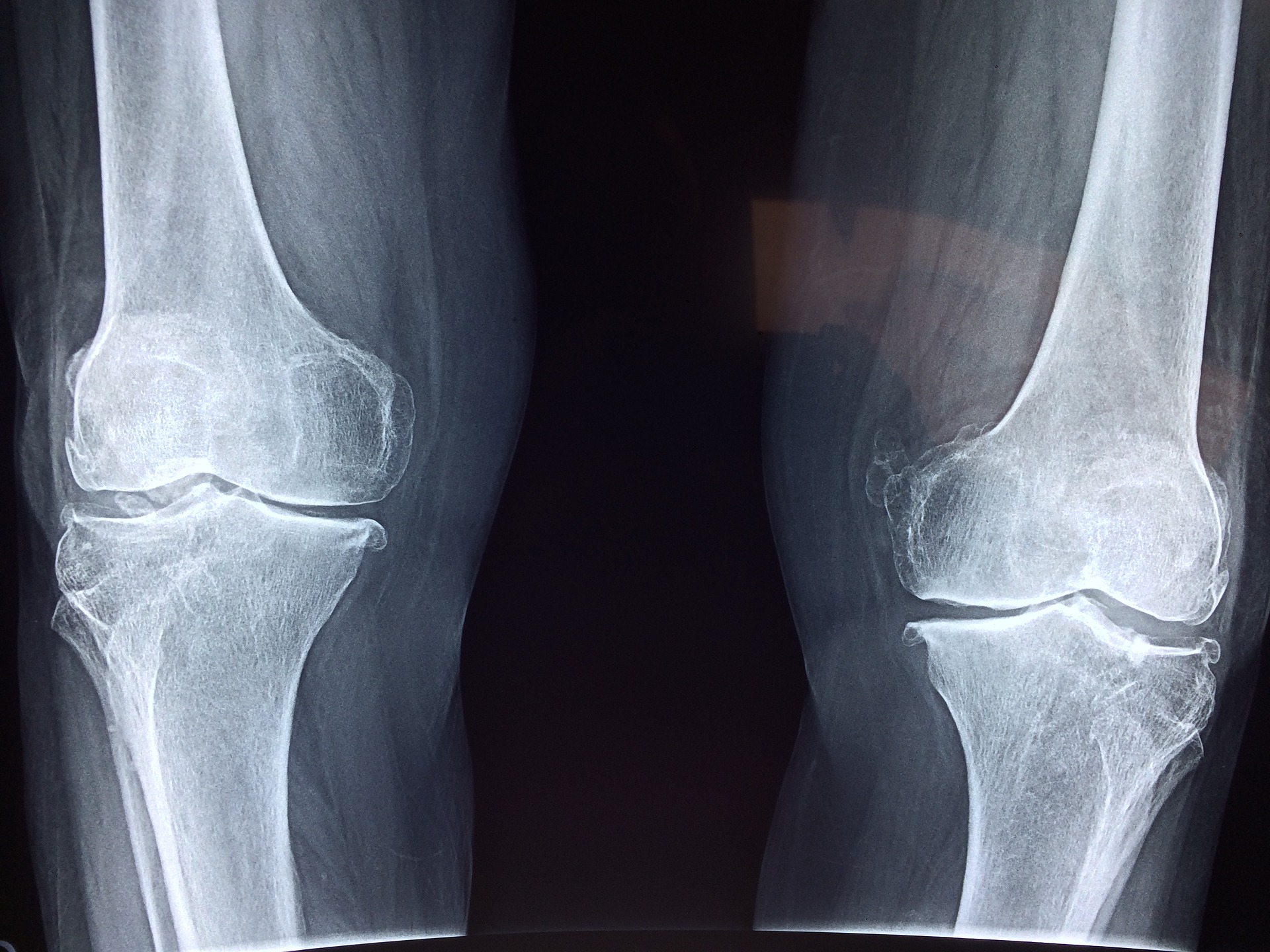Note that your final mark will not be saved in the system.
A4–A5 Responses, Adaptations and Additional Factors GapFill
You must fill all the gaps before clicking ‘Check Answers!’

There are a few intervening factors which dictate the extent to which responses and adaptations to the skeletal system benefit the individual taking part in exercise. On the flip side, exercise can play an important role in offsetting various additional factors and conditions that impact physical activity and sports performance.
Exercise can help offset skeletal diseases and reduce the severity of the impairments these cause.
- is characterised by a reduction of bone mineral density. This makes bones more susceptible to and naturally occurs with ageing in later life. It can also occur in younger people who suffer from a greater resorption of from bones than usual. This can be offset by exercise, which stimulates the uptake of minerals, increasing bone density. A lack of can also lead to this skeletal disease as it helps increase bone strength.
- is an inflammatory disorder that occurs in joints, which results in swelling and excess fluid surrounding the joint capsule. This often wears away the between articulating bones and increases the amount of friction at a joint. Symptoms include pain and . Exercise results in the production of , which helps lubricate the joint and supply minerals to the cartilage, reducing the friction between articulating bones and thus inflammation at the joint.
Another factor that influences the responses and adaptations of the skeletal system to exercise is age, particularly at a young age, when children are at risk of . This occurs during resistance training, when excessive force placed on growing bones through childhood and into puberty can cause damage to the the epiphyseal (growth) plates.